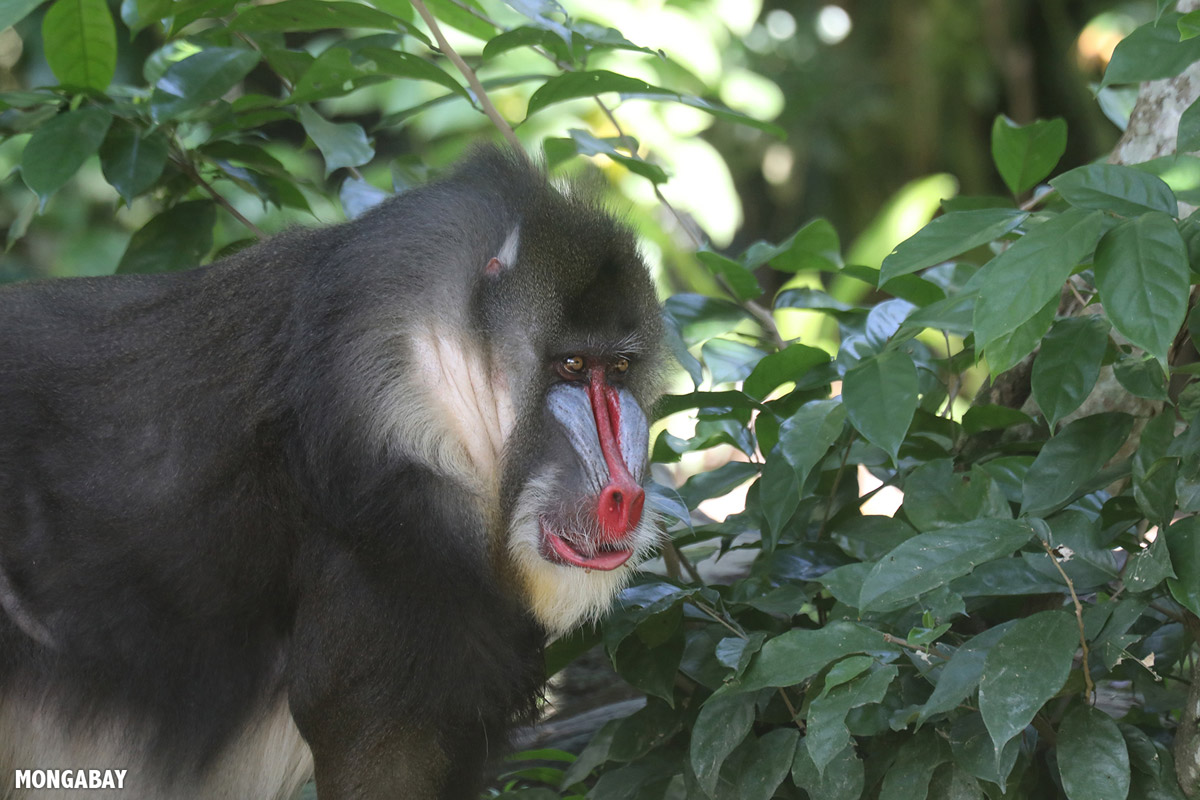They’re known as the “ghost of the mountains,” so it makes sense that snow leopards can be extremely difficult to spot.
Yet, these majestic, thick-furred cats, living in the high mountains of Asia, are also disappearing from much of their range due to declines in prey, retaliatory killing for livestock predation, the illegal wildlife trade, and changes in their habitat from climate change, mining and large-scale infrastructure. In some places, though, snow leopards (Panthera uncia) are recovering and thriving.
Today, on International Snow Leopard Day, we highlight some recent Mongabay stories about these big cats in India and Nepal.
Snow leopards in India
Two-thirds of India’s snow leopards live in the trans-Himalayan Ladakh landscape of high-altitude plateaus, rugged mountain ranges and cold deserts, a study published in May showed. Researchers followed the cats’ tracks and droppings and deployed camera traps to get an estimate of about 477 snow leopards living across the region.
However, most snow leopard sightings came from outside protected areas. This raises concerns about conflict, since snow leopards sometimes target domestic livestock, especially during winter when their wild prey is scarce. But thanks to conservation initiatives and local communities’ sustainable cultural pastoral practices, cats and humans here coexist largely in peace, contributor Sneha Mahale reported for Mongabay India.
“Snow leopards are not poached here,” said study co-author Yadvendradev Jhala, a senior wildlife scientist with the Wildlife Institute of India. “The combination of the Buddhist culture and economic incentives to preserve the species has allowed their population to increase in density.”
Another snow leopard survey, in India’s Himachal Pradesh state, estimated there are 83 individuals there, up from 51 recorded in 2021, reported Mongabay India’s Manish Chandra Mishra.
Snow leopards in Nepal
Earlier this year, Nepal’s government announced the country’s first-ever aggregated national estimate of snow leopards: about 397 individuals, reported Mongabay’s Abhaya Raj Joshi.
“This national estimate is a historic step in Nepal’s conservation journey,” said Ramchandra Kandel, director-general of the Department of National Parks and Wildlife Conservation. “It not only provides us with a clearer picture of snow leopard populations but also informs future conservation strategies.”
Separately, researchers tracking four GPS-collared snow leopards in Nepal found they frequently crossed borders, spending up to a third of their time in neighboring India and China, contributor Bibek Bhandari reported in June.
“We now have solid proof,” said Samundra Subba, study lead author and a large carnivore researcher at WWF Nepal. “National borders are human constructs — snow leopards don’t recognize them.”
“What I find heartening in the results of the study in Nepal is that the collared snow leopards did not encounter any significant man-made barriers to their cross-border movement,” said Charudutt Mishra, executive director of the Snow Leopard Trust, a U.S.-based NGO, who wasn’t involved in the study. “This is not common, as borders typically tend to be fenced.”
Banner image of a snow leopard by Ismail Shariff/Snow Leopard Trust via Wikimedia Commons (CC BY 3.0).





